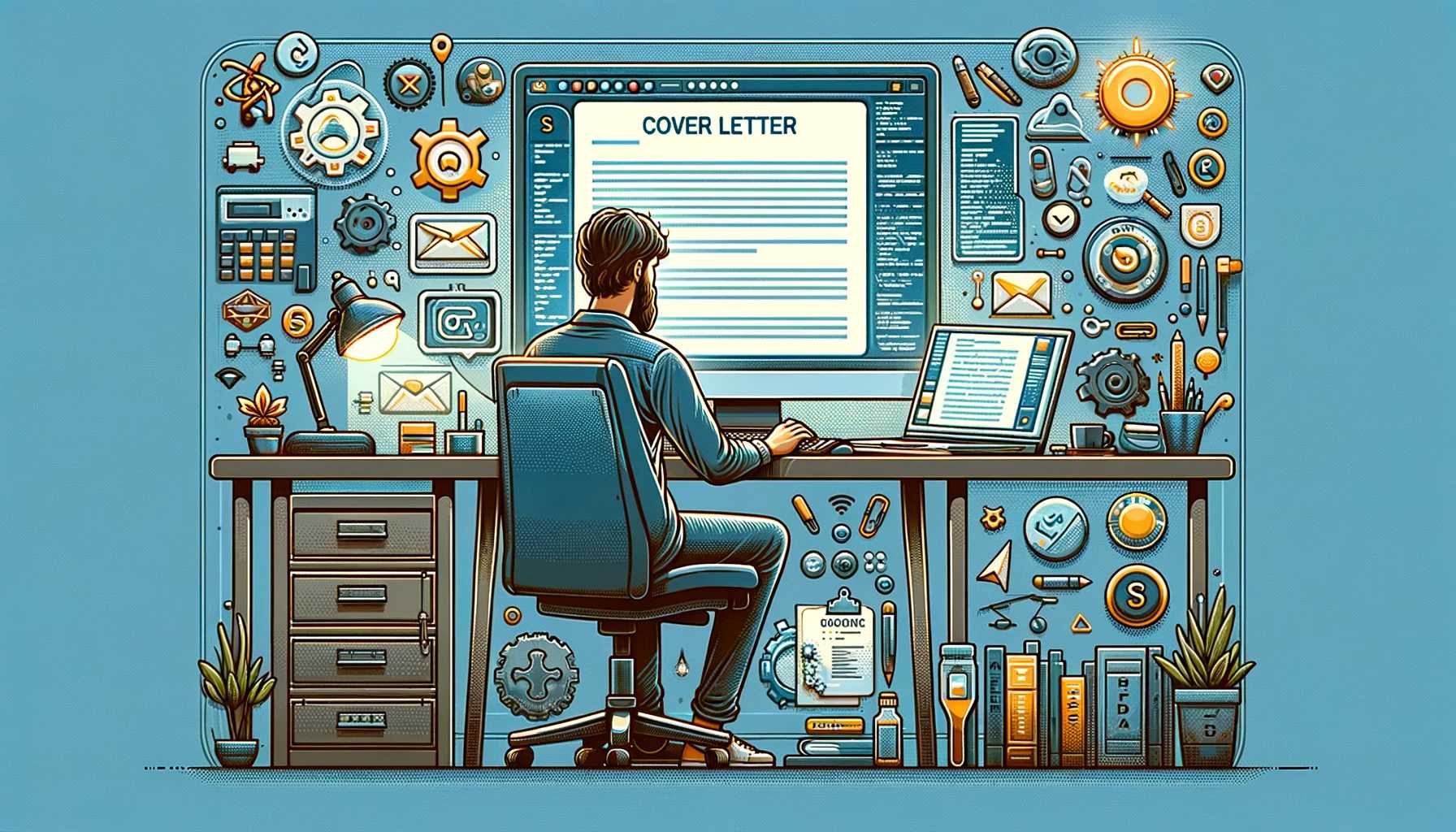The Art of Writing a Standout Software Engineering Cover Letter
Introduction:
Hello aspiring tech wizards and coding enthusiasts! If you're on the brink of diving into the exciting world of software engineering, you know that a stellar cover letter can be your golden ticket. In this blog post, let's unravel the intricacies of crafting a software engineering cover letter that not only showcases your technical prowess but also resonates with the humans on the other side of the hiring process. So, grab your favorite coding snack and let's embark on this journey of articulating your professional narrative with finesse.
1. The Digital Handshake: Addressing the Right Audience
Just like in the world of coding, precision matters. Start your cover letter with a warm and personalized greeting. Avoid generic salutations like "To Whom It May Concern" – instead, address the hiring manager or recruiter by name if possible. This little touch sets the tone for a more engaging and personal connection.
2. The Code Opening: Crafting a Compelling Introduction
Your opening paragraph is your code snippet – it should be concise, efficient, and impactful. Share a brief anecdote or express what ignited your passion for software engineering. Maybe it was a fascinating project, a coding challenge you cracked, or a eureka moment that sparked your journey. Make it personal and let your enthusiasm shine through.
3. The Algorithmic Showcase: Highlighting Your Technical Skills
Now, let’s dive into the heart of your cover letter – showcasing your technical skills. Instead of rehashing your resume, pick a few key achievements or projects that align with the job you're applying for. Use layman's terms to explain complex projects, emphasizing the impact of your work. Remember, you're not just a coder; you're a problem solver, and your cover letter should reflect that.
4. The Stack Story: Aligning Your Skills with the Job
Every software engineer has their preferred stack. Tailor your cover letter to align your skills with the job requirements. If the job posting mentions specific languages, frameworks, or tools, emphasize your proficiency in those areas. This not only demonstrates that you've read the job description but also shows that you're ready to hit the ground running.
5. The Debugging Journey: Addressing Career Gaps or Changes
If you've had career gaps or transitions, embrace them in your cover letter. Just like in debugging, transparency is key. Briefly explain any gaps or shifts in your career path, emphasizing the skills and experiences gained during those periods. Showcase your adaptability and how those experiences have shaped you into a better software engineer.
6. The Collaboration Compiler: Emphasizing Teamwork Skills
Software engineering is no longer a solo venture – collaboration is integral. Highlight instances where you've worked in a team, detailing your role and contributions. Discuss how you've navigated challenges, shared knowledge, or led collaborative initiatives. This not only showcases your interpersonal skills but also underscores your ability to thrive in a team environment.
7. The UI/UX Touch: Making Your Cover Letter Reader-Friendly
Just as you'd prioritize user interface and experience in your coding projects, make your cover letter reader-friendly. Use a clean, professional format, break up paragraphs for easy readability, and avoid jargon that might confuse non-technical readers. Remember, your cover letter is your user interface to the hiring manager's attention – make it intuitive and appealing.
8. The Scalability Factor: Tailoring Your Letter for Different Applications
Avoid the one-size-fits-all approach. Just as you'd design scalable code, tailor your cover letter for each application. Reference the company's values, culture, or specific projects in your letter. This demonstrates that you've done your homework and reinforces your genuine interest in the company.
9. The Continuous Integration: Mentioning Professional Development
Show that you're committed to continuous learning and improvement. Mention any ongoing education, certifications, or professional development courses you're undertaking. This highlights your dedication to staying current in a rapidly evolving tech landscape.
10. The API Endpoint: Concluding with a Strong Call to Action
As you reach the end of your cover letter, provide a clear call to action. Express your enthusiasm for the position and your eagerness to discuss how your skills align with the company's goals. Invite the hiring manager to connect for further discussion. It adds a proactive touch and signals your genuine interest in moving forward in the hiring process.
11. The Testing Phase: Reviewing and Refining Your Cover Letter
Before you hit the send button, thoroughly review and refine your cover letter. Check for any grammatical errors, awkward phrasing, or technical jargon that might be unclear to a non-tech audience. Have a colleague or mentor review it for an external perspective. Remember, your cover letter is your first impression – make sure it reflects your coding prowess and your communication skills.
12. The GitHub Link: Encouraging a Deeper Dive into Your Work
Just as your resume outlines your professional journey, consider including a link to your GitHub profile. This allows the hiring manager to explore your coding projects in more detail. It's like providing a sneak peek into your code repository, giving them a tangible sense of your capabilities.
Conclusion: Your Code, Your Narrative
In the ever-evolving world of software engineering, your cover letter is your narrative – a story of your journey, skills, and aspirations. As you craft this digital epistle, infuse it with the same passion and precision you apply to your code. May your cover letter be the key that unlocks the doors to your next coding adventure. Happy writing, and may your lines of code (and cover letters) compile seamlessly!









